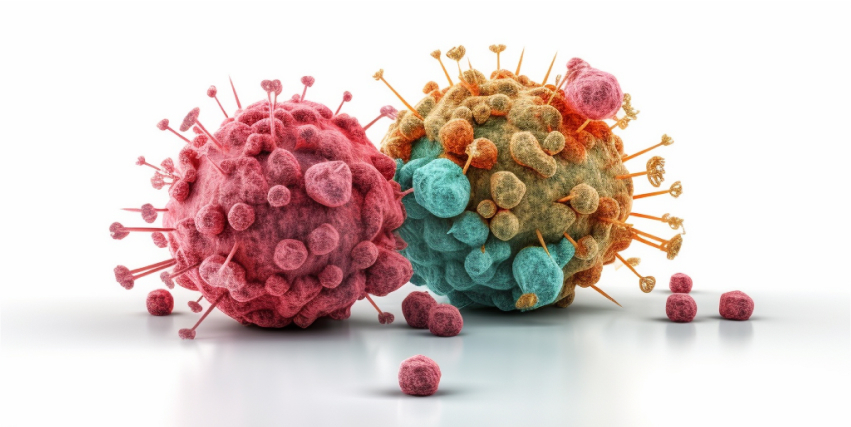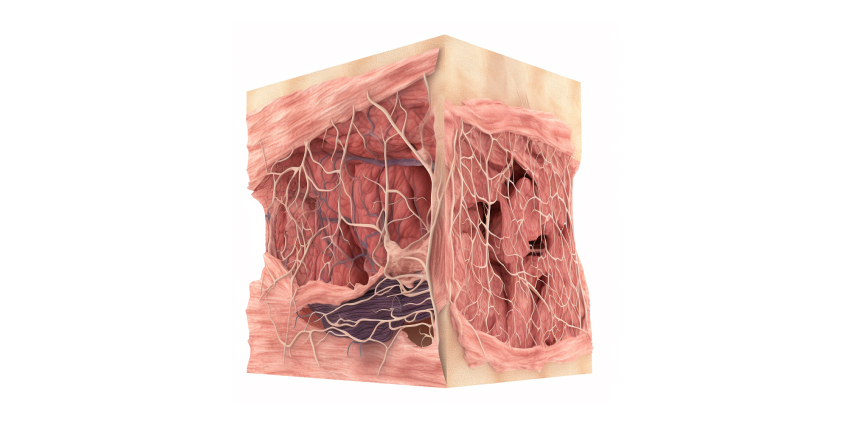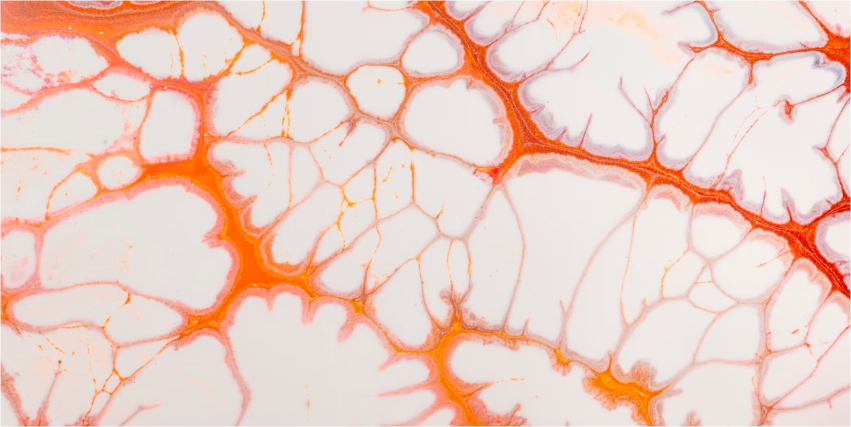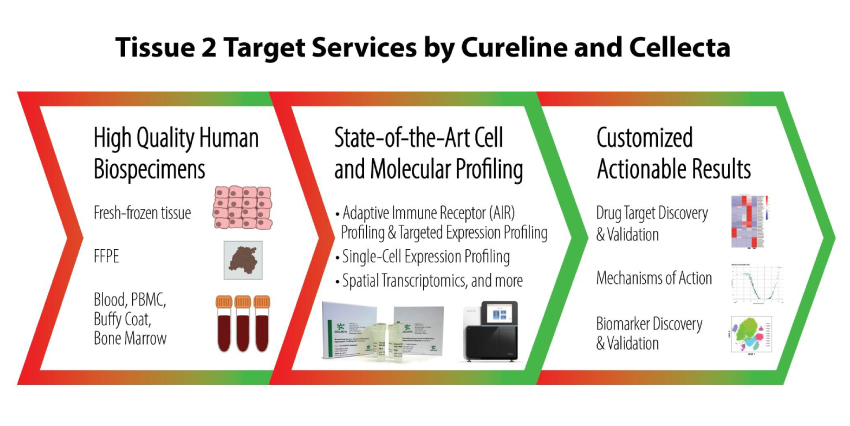Abstract:
Artificial intelligence (AI) and digital pathology are two rapidly developing fields that have the potential to revolutionize healthcare. AI can be used to automate many of the tasks involved in digital pathology, such as image analysis and data interpretation. This can free up pathologists to focus on more complex tasks, such as diagnosis and patient care. AI can also be used to identify patterns in data that would be invisible to human analysts. This can help researchers to better understand the causes of disease and to develop new treatments.
Digital pathology is the process of converting glass slides of tissue samples into high-resolution digital images that can be viewed, analyzed, and shared on computer screens. Digital pathology has many advantages over traditional microscopy, such as improved efficiency, accuracy, accessibility, and collaboration. However, digital pathology also poses new challenges, such as managing and interpreting the massive amount of data generated by whole-slide imaging. This is where artificial intelligence (AI) comes in.
However, there are also some challenges associated with using AI in digital pathology. One challenge is that AI systems are only as good as the data that they are trained on. If the data is not high quality, the AI system will not be able to produce accurate results. Another challenge is that AI systems can produce large amounts of data, which can be difficult to interpret. It is important to have experts who can interpret the results of AI systems and understand their limitations.
Overall, AI has the potential to revolutionize digital pathology. However, it is important to be aware of the challenges associated with using AI in this field. It is also important to work to develop AI systems that are accurate, reliable, and interpretable.
AI and digital pathology are not science fiction. They are real technologies that are already being used in healthcare. However, it is important to remember that AI is not a replacement for human pathologists. AI is a tool that can be used to augment the work of pathologists and help them to provide better care for patients.
Uses of AI in Digital histopathology and clinical research
Here are some of the ways that AI is being used in digital histopathology and clinical research:
Automating image analysis: AI can be used to automate the analysis of digital images of tissue. This can include tasks such as identifying different types of cells, measuring the size and shape of cells, and assessing the level of inflammation.
Detecting disease:AI can be used to detect disease in tissue samples. This can include tasks such as identifying cancer cells, assessing the stage of cancer, and predicting the risk of recurrence.
Personalizing treatment: AI can be used to personalize treatment for patients with cancer. This can include tasks such as identifying the best type of chemotherapy for a patient, predicting the risk of side effects, and monitoring the response to treatment.
Developing new drugs: AI can be used to develop new drugs. This can include tasks such as identifying potential drug targets, designing new drugs, and predicting the toxicity of drugs.
AI is still in its early stages of development, but it has the potential to revolutionize digital histopathology and clinical research. AI can help to improve the accuracy and efficiency of diagnosis, to develop new treatments, and to personalize care for patients.
Benefits of using AI in Digital histopathology and clinical research
Here are some of the benefits of using AI in digital histopathology and clinical research:
Improved accuracy: AI can help to improve the accuracy of diagnosis by identifying patterns in data that would be invisible to human analysts.
Increased efficiency: AI can automate many of the tasks involved in histopathology, such as image analysis and data interpretation. This can free up pathologists to focus on more complex tasks, such as diagnosis and patient care.
Personalized care: AI can be used to personalize treatment for patients with cancer. This can include tasks such as identifying the best type of chemotherapy for a patient, predicting the risk of side effects, and monitoring the response to treatment.
New drug development: AI can be used to develop new drugs. This can include tasks such as identifying potential drug targets, designing new drugs, and predicting the toxicity of drugs.
Challenges faced while using AI in digital histopathology
However, there are also some challenges associated with using AI in digital histopathology and clinical research:
Data quality: AI systems are only as good as the data that they are trained on. If the data is not high quality, the AI system will not be able to produce accurate results.
Interpretation of results: AI systems can produce large amounts of data, which can be difficult to interpret. It is important to have experts who can interpret the results of AI systems and understand their limitations.
Regulatory approval: AI systems are still in their early stages of development, and it is not clear how they will be regulated. It is important to work with regulators to ensure that AI systems are used safely and effectively.
Conclusion:
Overall, AI has the potential to revolutionize digital histopathology and clinical research. However, there are also some challenges associated with using AI in these fields. It is important to be aware of these challenges and to work to address them.
FAQs
1. How accurate is AI in digital pathology field?
The accuracy of AI in digital pathology depends on several factors, such as the quality and quantity of the data, the design and validation of the algorithms, and the performance and evaluation of the models. AI is not a single technique, but a collection of methods and tools that can be applied to different tasks and domains in digital pathology. Therefore, the accuracy of AI may vary depending on the specific problem, data set, and algorithm used.
2. What are some challenges and limitations of AI in digital pathology? A: Some challenges and limitations of AI in digital pathology are:
The availability and quality of annotated data for training and testing AI models.
The generalizability and robustness of AI models across different data sets, platforms, and settings.
The interpretability and explainability of AI models and their outputs.
The ethical and legal implications of using AI in digital pathology, such as privacy, consent, liability, and regulation.
3. Will digital pathology make pathologist redundant?
No, digital pathology will not make pathologists redundant. Digital pathology is not intended to replace human pathologists, but to augment their capabilities and improve their workflow. Pathologists are still the key players in digital pathology, as they have the expertise and experience to interpret the images and data, make the diagnosis, provide the prognosis, and guide the treatment. Pathologists are also the ones who can ensure the quality and safety of digital pathology, by following the best practices and standards, validating the results, and reporting any errors or issues. Pathologists are also the ones who can advance digital pathology, by conducting research, developing new tools and algorithms, and contributing to the scientific community. Digital pathology is not a threat, but a tool for pathologists. Digital pathology can help pathologists deliver better care to patients and society.
Reference:
https://digitalpathologyassociation.org/resources
https://www.karger.com/Article/FullText/518494
https://www.sciencedirect.com/science/article/pii/S2153353922003510#!
Artificial intelligence is the key driver for digital pathology adoption
https://www.news-medical.net/life-sciences/Digital-Pathology-and-Artificial-Intelligence.aspx
https://www.nature.com/articles/s41571-019-0252-y
![]()
















